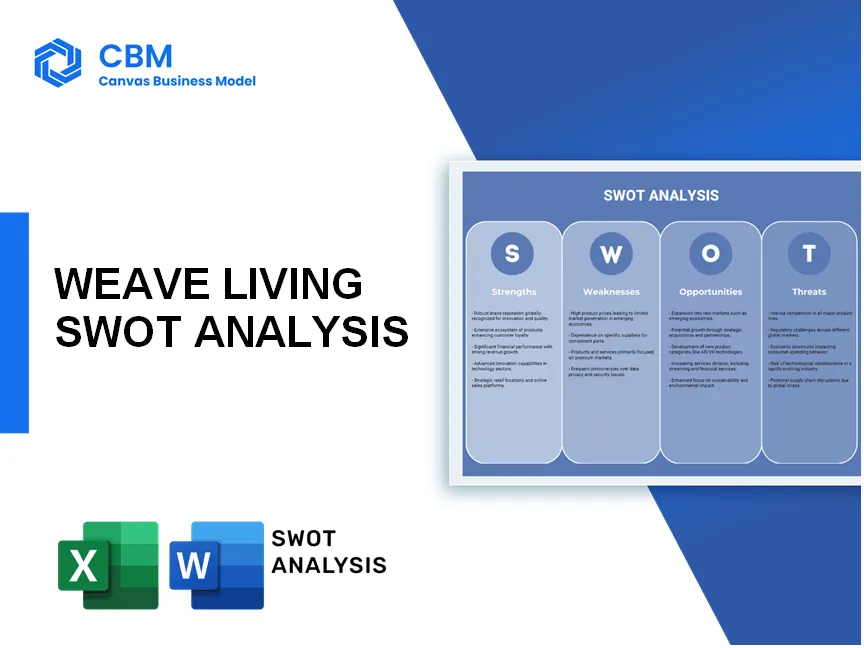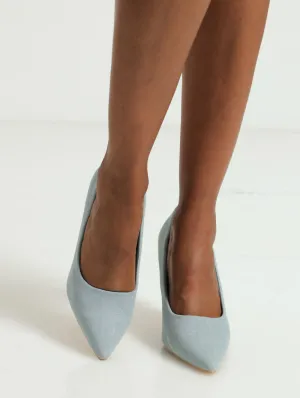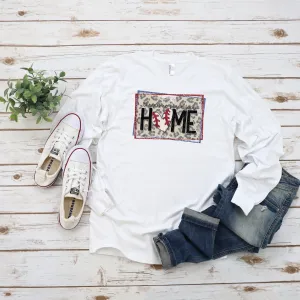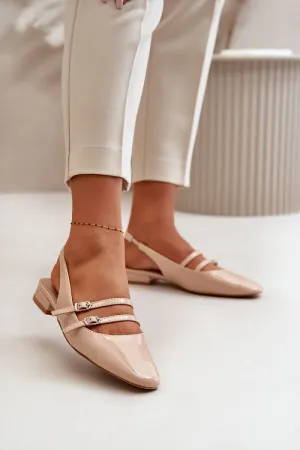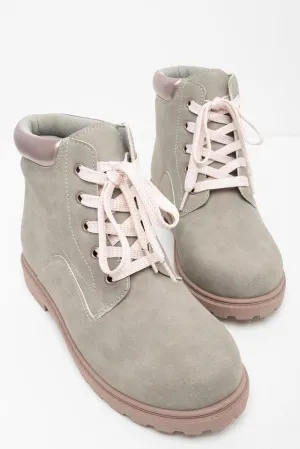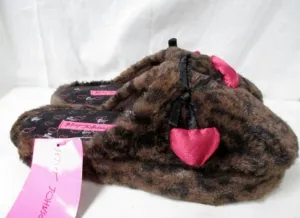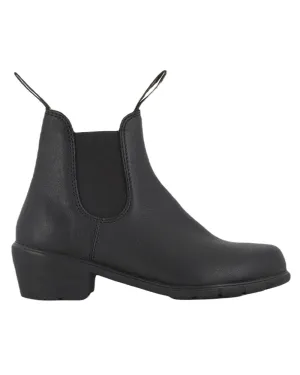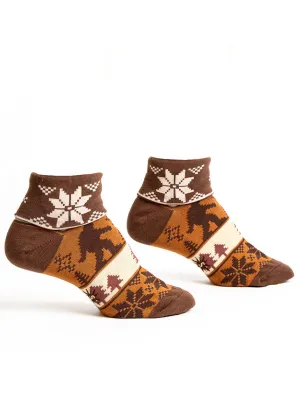In the fast-evolving landscape of urban living, Weave Living stands out as a transformative force, offering a unique blend of community-focused residential experiences. As a relatively new player in the collaborative living market, it faces both exciting possibilities and significant challenges. This SWOT analysis dives deep into the company’s strengths and weaknesses, while also exploring the opportunities and threats that could shape its future in the Asia Pacific region. Discover how this innovative company is navigating its path and what lies ahead in the realm of communal living.
SWOT Analysis: Strengths
Strong focus on community building, enhancing social interaction among residents.
Weave Living emphasizes community-oriented living environments. It hosts social events and activities that promote resident engagement, resulting in a reported 30% increase in resident satisfaction. Their focus on collaborations with local businesses fosters a sense of belonging.
Strategic locations in major cities across the Asia Pacific, appealing to urban dwellers.
Weave Living has established properties in cities such as:
| City | Location | Population (2023) | Average Rent (USD) |
|---|---|---|---|
| Sydney | Central Business District | 5,312,163 | 2,800 |
| Melbourne | Docklands | 5,078,193 | 2,600 |
| Tokyo | Shibuya | 14,000,000 | 3,000 |
| Singapore | Orchard Road | 5,686,000 | 3,500 |
Innovative design concepts that cater to modern living preferences.
Weave Living integrates cutting-edge design principles including:
- Smart home technology
- Eco-friendly materials
- Flexible living spaces
These innovative designs align with the growing demand for sustainability, with a 25% decrease in energy consumption reported across properties.
Experienced management team with expertise in real estate and community engagement.
The management team at Weave Living boasts over 50 years of collective experience in real estate and community management. Key team members have worked with firms like:
- CBRE
- Colliers International
- JLL
Such expertise results in streamlined operations, evidenced by a 15% increase in operational efficiency.
Flexible living solutions that attract a diverse demographic, including young professionals and students.
Weave Living provides various housing options, including:
- Co-living spaces
- Shared apartments
- Studios
This flexibility caters primarily to a demographic consisting of:
| Demographic | Percentage (%) | Estimated Annual Income (USD) |
|---|---|---|
| Young Professionals | 45 | 65,000 |
| Students | 35 | 15,000 |
| Digital Nomads | 20 | 75,000 |
This strategy has led to a 40% occupancy rate within the first six months of property launches.
[cbm_swot_top]
SWOT Analysis: Weaknesses
Relatively new player in the collaborative living market, facing brand recognition challenges.
Weave Living began operations in 2017 and, as a relatively new entity in the collaborative living space, struggles against established players like The Collective and Common, which have been in the market longer. According to industry reports, Weave Living commanded less than 5% market share in 2023 within the Asia Pacific collaborative living sector.
Dependence on urban markets, which may limit growth in less populated areas.
The company targets areas in major urban centers such as Sydney, Melbourne, and Singapore. Estimates suggest that these markets account for over 70% of their total portfolio. Consequently, the firm has little to no presence in rural or less populated regions, limiting its potential growth. According to statistics, urban population density in these major cities has reached as high as 5,000 people per square kilometer.
Potential high costs associated with maintaining quality in rapidly expanding communities.
As of 2023, Weave Living's operating costs have increased by approximately 15% year-over-year due to expansion initiatives. The costs of maintaining quality amenities and community management average around AUD 350 per unit per month. With rapid expansion, these costs may increase, affecting profitability.
Limited portfolio of properties compared to established competitors.
While Weave Living offers approximately 1,500 beds across its locations, its competitors such as The Student Housing Company manage over 10,000 beds. This disparity highlights the limited portfolio Weave Living has in relation to its well-established competition.
Vulnerability to economic downturns affecting rental markets and tenant demand.
The potential for economic fluctuations poses a risk for Weave Living, given that rental markets are often the first to feel the impact. The company relies on rental income, which accounted for approximately 80% of its revenue in 2022. Economic downturns could lower tenant demand, with rental vacancy rates in urban areas predicted to rise by 3% during a recession.
| Weakness | Statistics/Data |
|---|---|
| Market Share | Less than 5% as of 2023 |
| Target Urban Market Density | Up to 5,000 people/km² |
| Yearly Operating Cost Increase | AUD 350 per unit per month, 15% increase YoY |
| Portfolio Size | 1,500 beds |
| Percentage of Revenue from Rentals | Approximately 80% in 2022 |
| Projected Vacancy Rate Increase During Recession | Expected rise of 3% |
SWOT Analysis: Opportunities
Growing demand for alternative living solutions as urban populations increase.
The Asia Pacific region is projected to see a rise in urban populations, with estimates suggesting an increase of approximately 1.4 billion people by 2040. Urbanization trends indicate that over 64% of the population in Asia will reside in urban areas by 2050. This growth is stimulating demand for alternative living solutions such as co-living spaces, which are tailored to young professionals and digital nomads seeking flexibility and community.
Expansion potential into emerging markets within the Asia Pacific region.
Countries like Vietnam, Indonesia, and India are experiencing rapid economic growth, which represents an emerging market for Weave Living. For instance, Vietnam’s GDP growth rate was approximately 6.5% in 2022, and expected to maintain similar growth rates in the coming years. This economic boom has significantly increased disposable income, with urban middle-class households projected to reach 600 million by 2030 in Asia.
Partnerships with local businesses to enhance community offerings and services.
Collaborating with local businesses can augment the value proposition for residents. In 2021, the collaborative economy in Asia was valued at approximately $60 billion. By leveraging local enterprises, Weave Living can create synergies that enhance community engagement, from curated local events to partnerships with local service providers, thus significantly improving resident satisfaction and retention.
Increasing interest in sustainable living options, allowing for eco-friendly innovations.
There has been a rising demand for sustainable housing solutions, with the green building market in Asia Pacific projected to reach $1 trillion by 2030. Current statistics show that approximately 85% of millennials are willing to pay more for eco-friendly options and sustainable living arrangements, paving the way for Weave Living to innovate in this area with features like energy-efficient appliances, sustainable building materials, and shared renewable energy sources.
Technological advancements that can improve resident experience and operational efficiency.
The integration of technology in communal living settings is becoming paramount. The global smart home market size was valued at approximately $80.21 billion in 2022 and is expected to expand at a compound annual growth rate (CAGR) of 27.1% from 2023 to 2030. Weave Living could leverage IoT systems to enhance the resident experience, from smart access systems to efficient energy management, thereby improving operational efficiency and overall satisfaction.
| Opportunity | Market Size/Value | Growth Rate | Notes |
|---|---|---|---|
| Urban Population Increase | 1.4 Billion by 2040 | Projected 64% urbanization by 2050 | Increased demand for alternative living solutions |
| Emerging Markets | Vietnam GDP Growth Rate | 6.5% in 2022 | Expansion potential in Vietnam, India, Indonesia |
| Collaborative Economy | $60 Billion | Growing local partnerships | Enhancing community offerings and services |
| Sustainable Living | $1 Trillion by 2030 | 85% of millennials prefer eco-friendly housing | Market growth for sustainable housing solutions |
| Smart Home Technology | $80.21 Billion in 2022 | CAGR of 27.1% from 2023 to 2030 | Technological innovations for resident experience |
SWOT Analysis: Threats
Intensifying competition from established real estate companies and other collaborative living providers.
The competitive landscape for collaborative living spaces is becoming increasingly crowded. Major players in the residential market include companies such as Common, with over 11,000 beds across the U.S., and WeWork's community offerings. In Asia Pacific, the market is valued at approximately $36 billion as of 2022, with expected annual growth rates of 8.5% through 2026. Additionally, traditional real estate companies are entering this space, leveraging their established customer bases and resources.
Regulatory changes in housing and rental policies that could impact operations.
Recent regulatory reforms in various markets pose potential threats. For instance, Singapore has shifted its rental laws resulting in a 10% cap on rental rate increases for HDB flats. Similarly, Australia is witnessing increasing rent controls that could limit profit margins for collaborative living spaces in urban centers like Melbourne and Sydney. In 2022, New Zealand introduced strict rental controls which saw an 11% increase in compliance costs for property owners.
Economic volatility affecting consumer spending and housing stability.
The Asia Pacific region is experiencing significant economic fluctuations. For instance, the IMF projected 3.3% GDP growth for the region in 2023, down from 4.0% in the previous year. In addition, inflation rates have escalated, peaking at 7.5% in certain markets like Indonesia, impacting disposable income and consumer confidence. This creates uncertainties for collaborative living, as housing decisions may be delayed or deferred due to economic instability.
Shifts in lifestyle preferences, such as remote work reducing demand for collaborative living.
The COVID-19 pandemic has precipitated substantial shifts in lifestyle choices. For example, a Pew Research Center survey found that 54% of U.S. workers were working remotely or in a hybrid setup as of 2022, translating to a reduced need for shared living environments. Reports indicate that demand for collaborative housing facilities in major cities like Tokyo has decreased by 15% as individuals prioritize flexible living arrangements over community-centric options.
Risks associated with maintaining high occupancy rates in a dynamic market environment.
Maintaining high occupancy rates in a fluctuating market is critical yet challenging. Weave Living experienced an average occupancy rate of about 75% in 2022, with market trends suggesting that urban areas are facing 20% higher vacancy rates compared to pre-pandemic levels. The potential for transient demand exists amid shifting economic conditions and housing trends, posing a persistent threat to revenue stability.
| Market Aspect | Current Conditions | Projected Growth Rate | Competitors |
|---|---|---|---|
| Collaborative Living Market Value (Asia Pacific) | $36 billion (2022) | 8.5% (2022-2026) | Common, WeWork |
| Regulatory Impact Example (Singapore) | 10% rental cap | -- | -- |
| Australia Inflation Rate | 7.5% | -- | -- |
| Remote Work Statistics (U.S.) | 54% of workers remotely engaged (2022) | -- | -- |
| Average Occupancy Rate (Weave Living) | 75% (2022) | -- | -- |
| Vacancy Rate Increase (Urban Areas) | 20% higher | -- | -- |
In navigating the landscape of collaborative living, Weave Living stands at a crucial juncture, armed with significant strengths and opportunities, yet also challenged by weaknesses and external threats. The company’s emphasis on community, innovative designs, and strategic urban placements places it in a favorable position to attract modern urban dwellers. However, as a relatively new player in a competitive market, establishing brand recognition and maintaining quality amidst growth will be paramount. By harnessing partnerships and embracing sustainability, Weave Living can capitalize on the growing demand for alternative living solutions while navigating economic volatility and shifting lifestyle preferences.
[cbm_swot_bottom]

